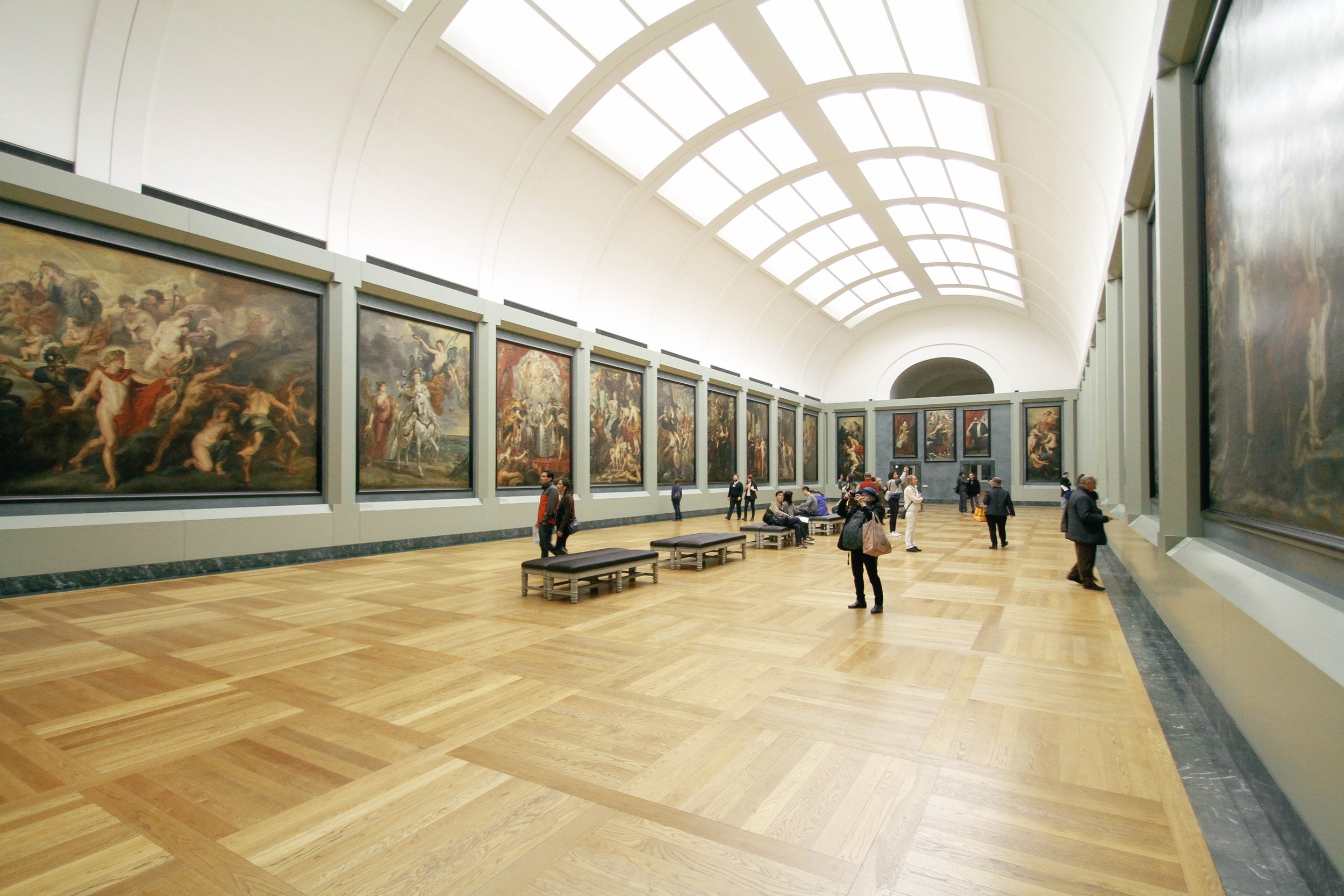Setting - Part 2 of the Literary Elements Series
The Literary Elements Series: Part 2 of 5
Element #2 - Setting
Setting is where the story takes place.
But there are several different levels to setting. First there is your overall setting. This may be a city, country, or continent - the general area of the world where your ideal client is located and/or where you work. Then your local setting may be a street, a room, a park, a party, an office, or a landmark. For example, you might be in a restaurant with a view out the window of a familiar city skyline.
For the most part, your setting will take place in the present time, but you can achieve powerful emotional sway by bringing in well-placed moments of nostalgia such as music or a well-known childhood toy.
This is the real world, with weather, traffic, and deadlines. So your story will also reflect the real world with a clear time of day and season of the year as well as social and cultural details that reflect the story you want to tell and the ideal client you want to connect with.
To give you an example, let me tell you another story.
A Story
My grandfather loved to travel. He and my grandmother went on many trips all over the world. After she passed away, he took our family on a couple of trips. When I was 16, he planned a trip to western Canada for my parents, my brother, and me.
Grandpa had lived in western Canada for many years, beginning with when his parents immigrated from Scotland to Prince Albert, Saskatchewan, when he was only three. Eventually, they moved to Nanaimo, British Columbia, on Vancouver Island. Grandpa spent his most formative years growing up there.
Against the backdrop of the powerful Pacific Ocean, he took us across on the ferry and showed us the house he had lived in and the school he had attended. We visited Cathedral Grove, with many of the oldest and tallest trees in Canada. We walked on Long Beach at Pacific Rim National Park, where the waves had washed ashore huge driftwood. We indulged in Rogers’ Chocolates in Victoria near the provincial parliament. Back on the mainland, we explored the Vancouver Aquarium.
On this trip, Grandpa gave us a broad overview of the geography, climate, creatures, and vegetation of the region - with a side of history and politics as well as clear connections to why this part of the world was relevant and meaningful to him.
My grandfather was a big advocate of education as well as an amateur historian. He talked about his family history and experiences alongside the history of the province and the cities we visited.
And everywhere we went, I took photos. This was back in the days of 35 mm film, which I had to pay to get developed. Grandpa had bought me the Canon camera - a fairly simple point-and-shoot model. At each location, he gave me pointers on how to frame the shot and how to get the best lighting as he also documented our memories with his much more sophisticated model.
I learned a lot from and in that setting. The power of shared memories. The importance of passing down stories. The excitement of meeting new people and seeing new places. The joy of learning about different cultures and locations. The power of nature to make us feel humble and small. The vast size of this amazing country I’m privileged to call home.
Lessons for Business
In business, setting is important because it helps your ideal client picture themselves in your story in a very vivid way.
To help them feel like they are there, bring in all five senses. This creates immediacy, meaning that your ideal client feels the story is relevant and close to them. You can use symbolism to say a lot with a little.
The goal is to create a world they can relate to and want to be a part of. Even if that world looks a lot like where they live now, there will be key differences that motivate them to want that change you offer.
Relate to a Business Setting
Setting is something you can convey in two parts…
The setting where your ideal client is now (before working with you).
The setting where they want to be and will be after working with you.
The contrast between these two settings must be clear and impactful.
Business Owner / CEO
Your setting is all about who you are, what it’s like to work with you and the results you help your clients achieve. It conveys the benefits of your program or service in a way that aligns with your ideal client’s goals.
Your Ideal Client
The client’s setting is about hitting those pain points. Consider where they are now and how uncomfortable it is, so much so that they are highly motivated to make a change.
Here are some things to think about:
What keeps your ideal client up at night? What worries/bothers them the most about their situation?
What are the symptoms of this problem that they are worried about?
What are they willing to do to create the change they seek?
What’s Next?
Spend some time making notes about setting for both yourself and your ideal client. Keep asking why.
For example, if they are worried about their finances, why? What are their bills? Who are their dependents? What conflict does this create? Why? Go deeper. Keep asking questions until you can’t go any further.
Vivid, desirable settings make your brand storytelling so powerful it multiplies your impact.
Stay tuned for the third part of this series where we’ll be jumping into Theme.


